Royal Marfil Marble
 Spain
Spain
Royal Marfil Marble is a golden, caramel, lightly veined marble quarried in Spain. This stone is especially good for Exterior - Interior wall and floor applications, monuments, countertops, mosaic, fountains, pool and wall capping, stairs, window sills, etc and other design projects. It also called Royal Crema Marfil Marble, Royal Simi Marble, Marmi Royal Marfil,in China stone market:皇家西米(Huángjiā xī mǐ) . Royal Marfil Marble can be processed into Polished, Sawn Cut, Sanded, Rockfaced, Sandblasted, Tumbled and so on.

How thick is Spain's Royal Marfil Marble slabs?

Are there marbles with similar characteristics to Royal Marfil Marble but cheaper?

Is Royal Marfil Marble easy to break or scratch?

Are there color variations of Spain's Royal Marfil Marble?

Can Spain's Royal Marfil Marble be used exterior applications in hot climates?

What type of surface should be used when using Royal Marfil Marble for terrace cladding?

What is the average hardness of Spain's Royal Marfil Marble?

What is the coefficient of friction of Pickled Spain's Royal Marfil Marble tiles?

Is Royal Marfil Marble a suitable material for outdoor staircase steps?

Is Royal Marfil Marble easily stained?

Is Spain's Royal Marfil Marble an expensive stone?

Can I use Royal Marfil Marble for a kitchen countertop?

What are the mineral properties of Royal Marfil Marble?

How can I clean Royal Marfil Marble without using chemicals?

What are the physical characteristics of Royal Marfil Marble?

Can Spain's Royal Marfil Marble be used in landscaping?

Can Spain's Royal Marfil Marble be used outdoors?

Can Spain's Royal Marfil Marble be used in a office?

What grade is Spain's Royal Marfil Marble?
-

 China
China
 15YRDiamond members are premium members on platform, providing members with comprehensive approach to promoting their products, increasing products exposure and investment return to maximize.
15YRDiamond members are premium members on platform, providing members with comprehensive approach to promoting their products, increasing products exposure and investment return to maximize.
 Verified Supplier is for prove company authenticity,including business license,trade license and effective office space,to enhance buyers' trust to suppliers and their products, reducing communication costs.
Verified Supplier is for prove company authenticity,including business license,trade license and effective office space,to enhance buyers' trust to suppliers and their products, reducing communication costs.
Contact Supplier
-

 Iran
Iran
 Verified Supplier is for prove company authenticity,including business license,trade license and effective office space,to enhance buyers' trust to suppliers and their products, reducing communication costs.
Verified Supplier is for prove company authenticity,including business license,trade license and effective office space,to enhance buyers' trust to suppliers and their products, reducing communication costs.
Contact Supplier
-

-

 China
China
 8YRDiamond members are premium members on platform, providing members with comprehensive approach to promoting their products, increasing products exposure and investment return to maximize.
8YRDiamond members are premium members on platform, providing members with comprehensive approach to promoting their products, increasing products exposure and investment return to maximize.
 Verified Supplier is for prove company authenticity,including business license,trade license and effective office space,to enhance buyers' trust to suppliers and their products, reducing communication costs.
Verified Supplier is for prove company authenticity,including business license,trade license and effective office space,to enhance buyers' trust to suppliers and their products, reducing communication costs.
Contact Supplier
-

-

 China
China
 8YRDiamond members are premium members on platform, providing members with comprehensive approach to promoting their products, increasing products exposure and investment return to maximize.
8YRDiamond members are premium members on platform, providing members with comprehensive approach to promoting their products, increasing products exposure and investment return to maximize.
Contact Supplier
-

 Russian Federation
Russian Federation
Contact Supplier
-

Xiamen Dingjun Trading CO., LTD
 China
China
 6YRDiamond members are premium members on platform, providing members with comprehensive approach to promoting their products, increasing products exposure and investment return to maximize.
6YRDiamond members are premium members on platform, providing members with comprehensive approach to promoting their products, increasing products exposure and investment return to maximize.
 Verified Supplier is for prove company authenticity,including business license,trade license and effective office space,to enhance buyers' trust to suppliers and their products, reducing communication costs.
Verified Supplier is for prove company authenticity,including business license,trade license and effective office space,to enhance buyers' trust to suppliers and their products, reducing communication costs.
Contact Supplier
-

TINA STONE IMPORT & EXPORT CO.,LIMITED
 China
China
 5YRDiamond members are premium members on platform, providing members with comprehensive approach to promoting their products, increasing products exposure and investment return to maximize.
5YRDiamond members are premium members on platform, providing members with comprehensive approach to promoting their products, increasing products exposure and investment return to maximize.
 Verified Supplier is for prove company authenticity,including business license,trade license and effective office space,to enhance buyers' trust to suppliers and their products, reducing communication costs.
Verified Supplier is for prove company authenticity,including business license,trade license and effective office space,to enhance buyers' trust to suppliers and their products, reducing communication costs.
Contact Supplier
-

 Iran
Iran
 Verified Supplier is for prove company authenticity,including business license,trade license and effective office space,to enhance buyers' trust to suppliers and their products, reducing communication costs.
Verified Supplier is for prove company authenticity,including business license,trade license and effective office space,to enhance buyers' trust to suppliers and their products, reducing communication costs.
Contact Supplier
The request includes: 1. surface finished, size 2. quantity required






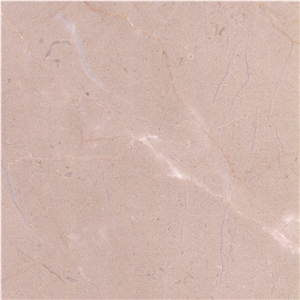
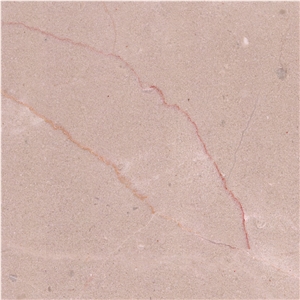
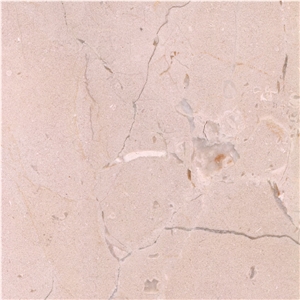
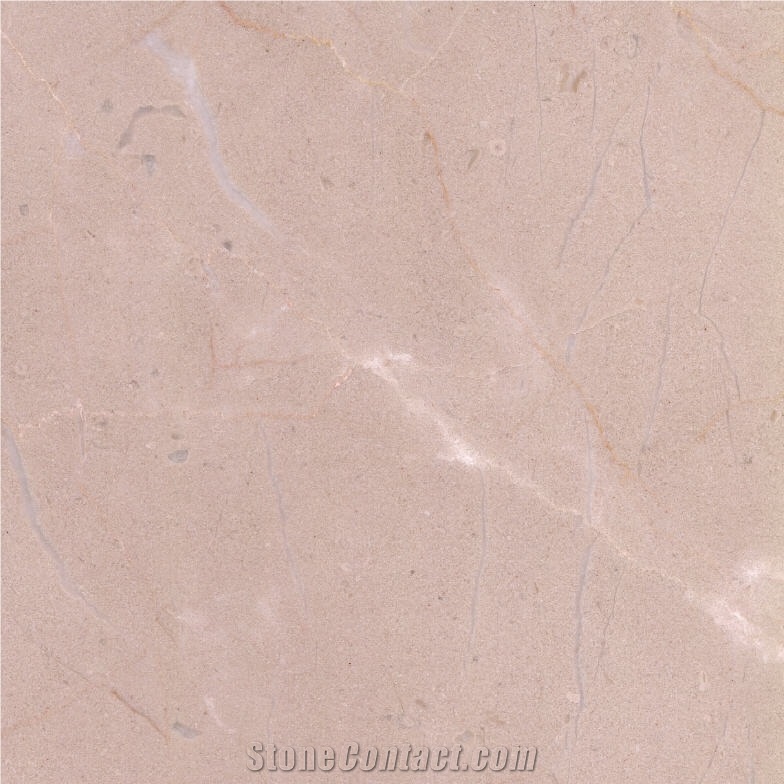
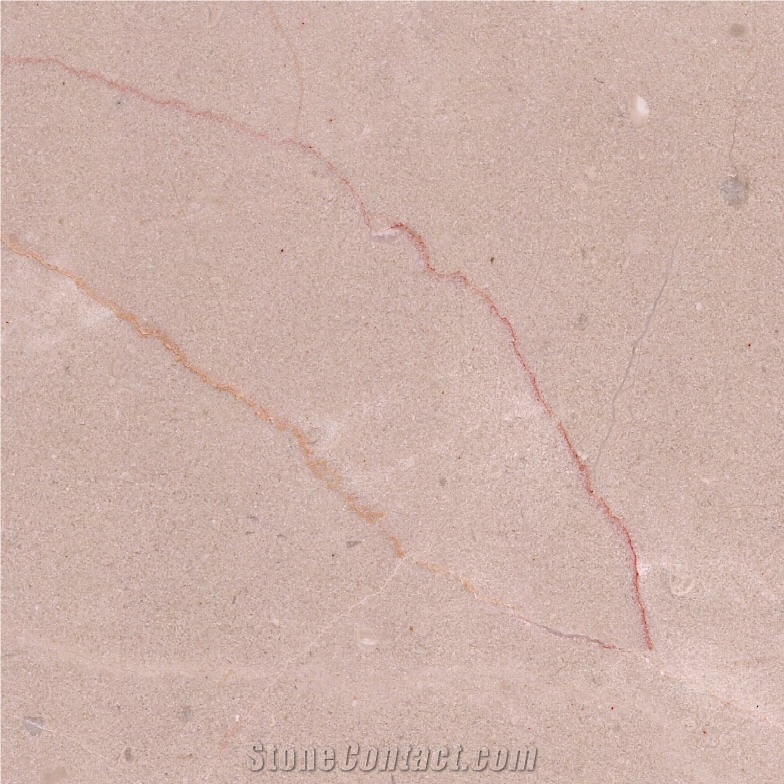
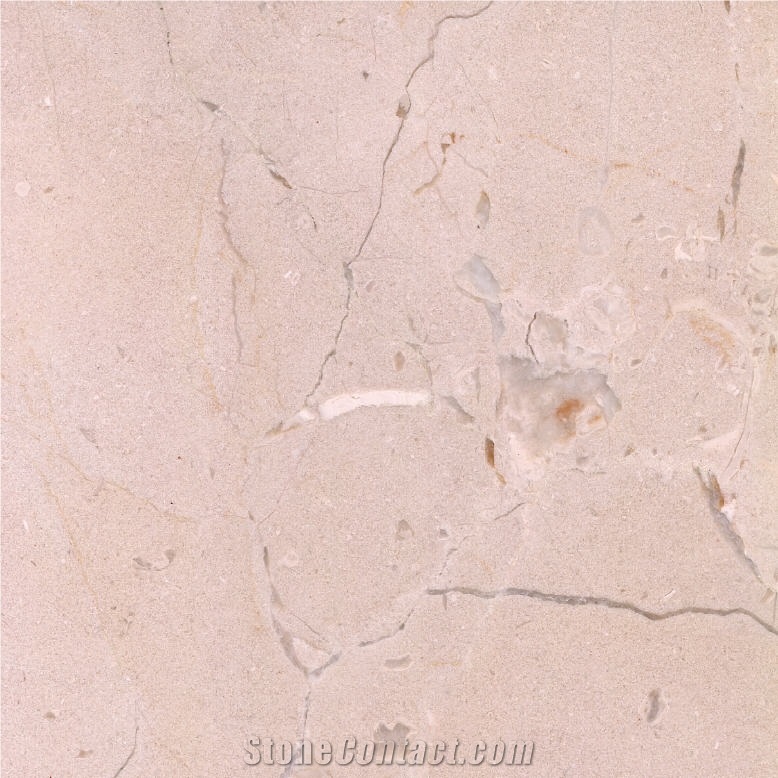
 Turkey
Turkey